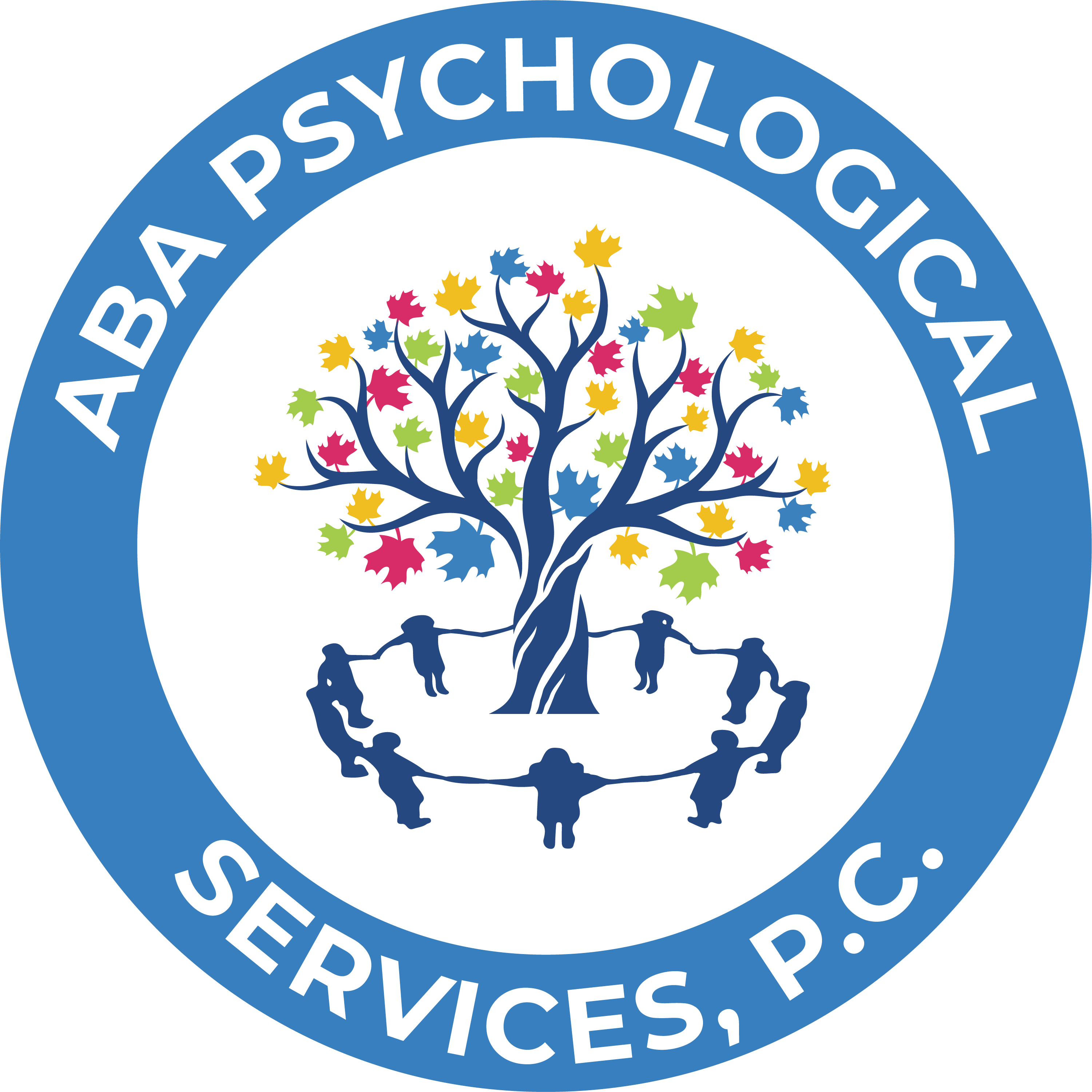
NEWS
Dealing With Crowds: A Guide for Parents and Caregivers of Children with Autism
March 8, 2023
By ABA Psychological Services
Dealing With Crowds: A Guide for Parents and Caregivers of Children with Autism
Crowds can be a daunting experience for anyone, but for children with autism, they can be incredibly challenging. A
crowded environment's sights, sounds, and smells can quickly trigger sensory overload, leading to a range of negative
responses, including anxiety, anger, agitation, and even meltdowns. To help children with autism cope with crowds, it's
important for parents and caregivers to provide them with practical coping strategies and support.
Understanding Autism
Autism, also known as
Autism Spectrum Disorder (ASD), is a neurodevelopmental disorder affecting a child's social interactions, communication, and behavior.
It is a spectrum disorder, affecting individuals differently and to varying degrees. Some common characteristics of autism include
difficulty with social interactions,
repetitive behaviors or routines, and difficulty with communication. Children with autism may also experience sensory sensitivities
and may have trouble with everyday activities and tasks. Despite the challenges they face, individuals with autism often have unique
strengths and abilities,
and with the right support, they can lead
fulfilling and successful lives.
Understanding Sensory Overload in Crowds
Sensory overload is a common challenge for children with autism and can be especially difficult when dealing with crowds. The sensory stimulation of a crowded environment can quickly become overwhelming, leading to various negative responses. In a crowded environment, a child with autism could be overwhelmed with bright lights, loud noises could be too intense, or the child could be overwhelmed with the noise of talking, yelling, and other sounds. The sight of a large crowd could be confusing and disorienting. Additionally, food smells, body odor, and perfumes can be overpowering.
In a crowded situation, a child with autism may become anxious, upset, or engage in
calming stimming behaviors to self-soothe. Children with autism may struggle to process the sensory information around them. Parents or caregivers should be able to recognize their child's behaviors in crowded environments. Understanding the causes and effects of sensory overload can help parents and caregivers provide the right support to their children.
Preparing Children with Autism for Crowds
Preparation is critical when it comes to helping children with autism deal with crowds. By familiarizing children with the environment, practicing dealing with crowds through role-playing exercises, and creating a social story to explain what to expect, parents and caregivers can help their children feel more confident and prepared.
Suggested Tips for Preparing a Child with Autism for Crowds:
1. Familiarize the child with the environment: Visit the location beforehand, or show them pictures of the location, to help them feel more comfortable and prepared.
2. Role-play: Practice dealing with crowds through role-playing exercises to help the child feel more confident and prepared.
3. Create a social story: Write a story that explains what to expect in a crowded environment, including how to cope with sensory overload.
4. Discuss expectations: Talk with the child about what to expect in a crowded environment and what they can do if they feel overwhelmed.
5. Use sensory aids: Provide the child with sensory aids, such as earplugs or noise-canceling headphones, to help them manage sensory overload.
6. Plan breaks: Plan for breaks in a quiet area where the child can relax and recharge if they become overwhelmed.
7. Be prepared: Pack a sensory bag with items the child finds calming, such as a favorite toy or blanket.
8. Practice relaxation techniques: Teach the child deep breathing exercises or other relaxation techniques they can use in a crowded environment.
It's essential to remember that what works for one child with autism may not work for another, so be flexible with your approach. With the right preparation and support, children with autism may be better equipped to navigate crowded environments.
Coping Strategies for Children with Autism in Crowds
To help children with autism cope with crowds, it's essential to provide them with practical coping strategies. Some effective strategies include using earplugs or noise-canceling headphones, or taking breaks in a quiet area. It's also important to find what works best for each child, as what may work for one child may not.
Coping Strategies for Dealing with Crowds for a Child with Autism:
1. Use earplugs or noise-canceling headphones: These can help reduce the impact of loud noises in a crowded environment.
2. Take breaks: If the child becomes overwhelmed, allow them to take a break in a quiet area to recharge.
3. Engage in deep breathing exercises: Teach the child deep breathing exercises to help them manage anxiety and stress in a crowded environment.
4. Use sensory toys or fidget objects: Provide the child with a sensory toy or fidget object to help them manage sensory overload.
5. Focus on familiar routines: Encourage the child to focus on familiar routines, such as singing a favorite song or playing a favorite game, to help them feel more secure and less overwhelmed.
6. Wear a comfort item: Allow the child to bring a comfort item, such as a favorite toy or blanket, to help them feel more secure and less overwhelmed.
7. Plan an escape route: If the child becomes overwhelmed, plan an escape route to a quiet area where they can take a break.
The Role of Caregivers and Parents in Supporting Children with Autism in Crowds
Caregivers and parents play a critical role in supporting children with autism in crowds. By being present, attentive, and understanding, they can help their child feel more secure and less overwhelmed. Allowing children to take breaks if they are feeling overwhelmed and being patient are also important steps in supporting children with autism in crowds.
Creating Inclusive and Accommodating Environments for Children with Autism
It's important for public spaces to be inclusive and accommodating for children with autism. This can include providing quiet areas for children to take breaks, reducing loud noises, and creating more sensory-friendly environments. By advocating for your child and educating others about the challenges faced by children with autism in crowded environments you can help create a more understanding and accommodating environment for all children with autism.
Resources and Support for Children with Autism
Dealing with crowds can be a daunting experience for children with autism, but with the right preparation, coping strategies,
and support, it can be manageable. You play a critical role in supporting your child.
There are many resources available
for families with children with autism dealing with crowds.
ABA Psychological Services can help your child develop
skills to better manage crowds. Other ways to be supportive include joining support groups and advocacy organizations including
Autism Speaks. We encourage caregivers and parents to
contact us for more information on our clinical-based services,
one-on-one therapy, and in-home services.
Follow our Facebook page and stay informed of tips, news,
and updates!
Back to blog
